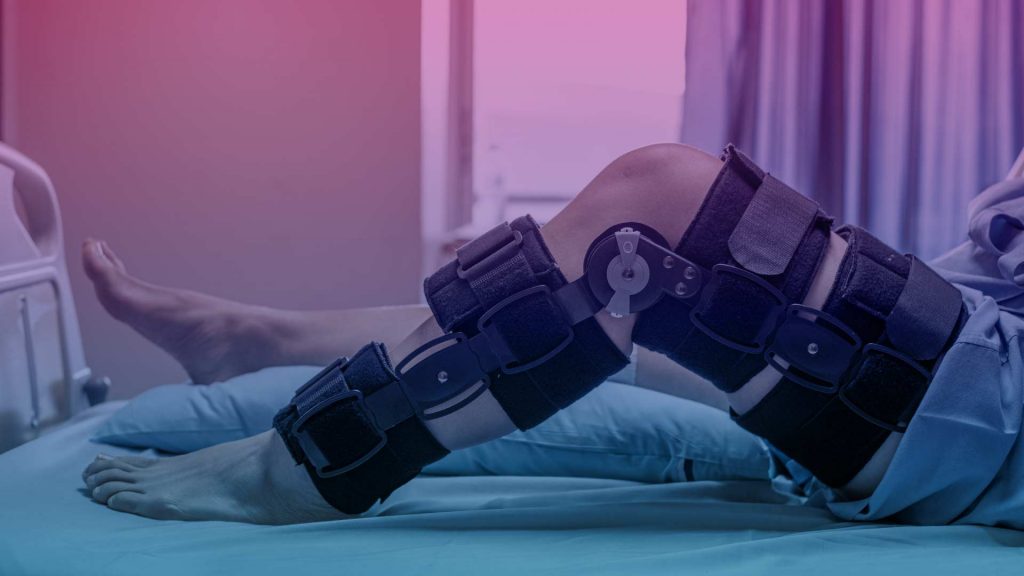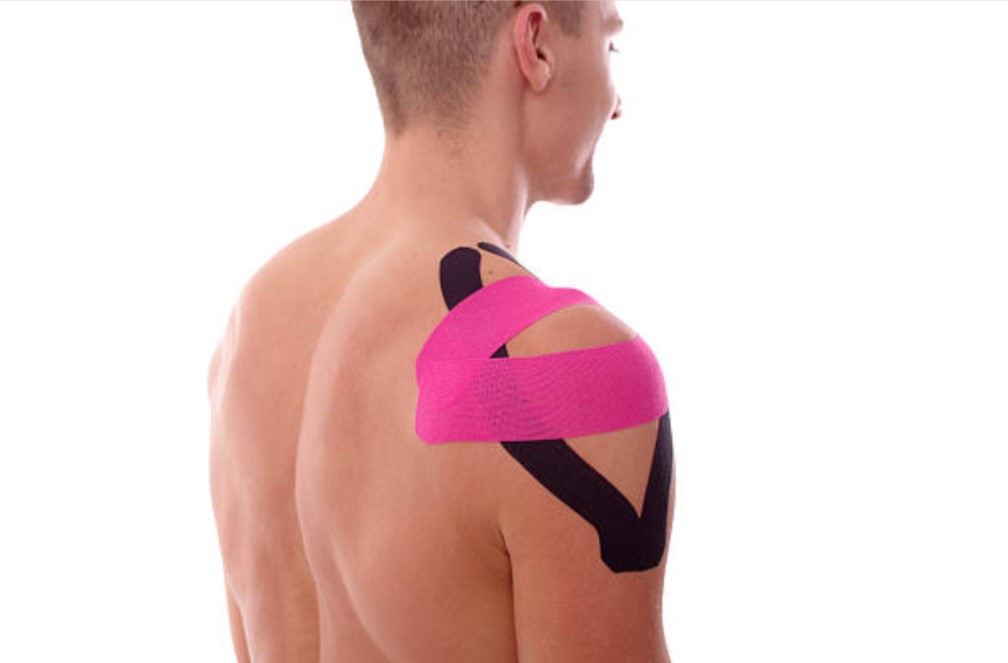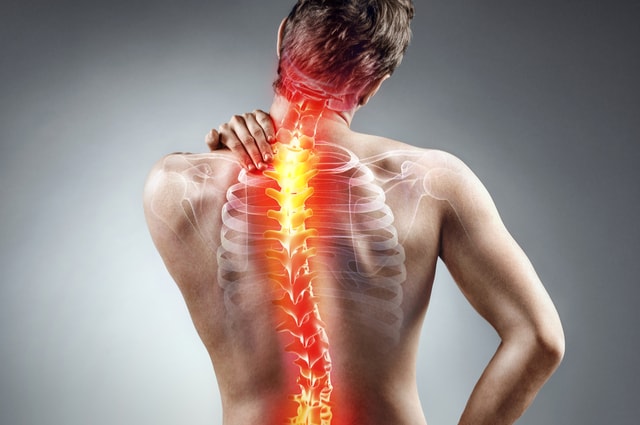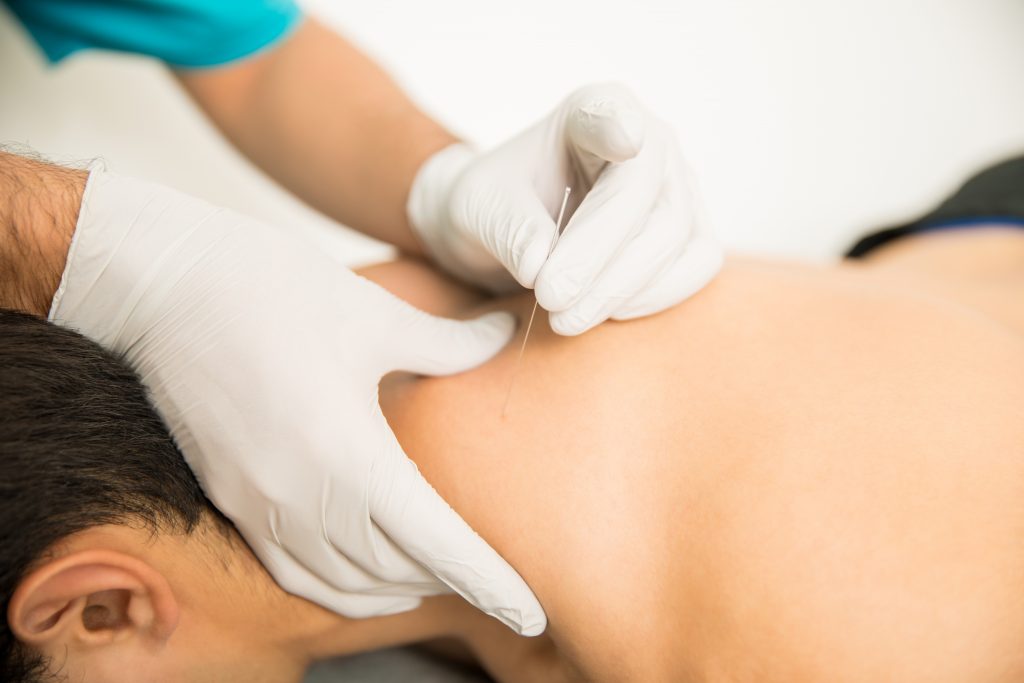The major goals of rehabilitation of the ACL-injured knee:
- Gain good functional stability
- Repair muscle strength
- Reach the best possible functional level
- Decrease the risk for re-injury
AFTER SURGERY
After ACL injury, regardless of whether surgery will take place or not, physiotherapy management focuses on regaining range of movement, strength, proprioception and stability.
Exercises should encourage range of movement, strengthening of the quadriceps and hamstrings, and proprioception. Consider integrating any of these exercises into a rehabilitation programme at this stage as appropriate for the client:
- Static quads/SLR
- Ankle DF/PF/circumduction
- Knee flexion/extension in sitting
- Patellar mobilisations
- Glutes medius work in side lying
- Gluteal exercises in prone
- Knee flexion in prone (gentle kicking exercises)
- Weight transfers in standing (forwards/backwards, side/side)
BEFORE SURGERY
RICE should be applied during several weeks ahead of the surgery in order to reduce swelling and pain, to attempt full range of motion and to decrease joint effusion. This will help the patient to regain better motion and strength after the surgery[2]. The patient must be mentally prepared for the surgery. [3]
Before proceeding with surgery, the acutely injured knee should be in a quiescent state with minimal swelling, have a full range of motion and the patient should have a normal or near normal gait pattern. It is important to prepare the knee for surgery as well as possible to optimise the outcome. To assist pre-operative optimisation, the following guidelines are recommended in the acute and sub acute stages post injury:
- Immobilize the knee: Use a knee immobilizer and crutches until you regain good muscular control of the leg. Extended use of the knee immobilizer should be limited to avoid quadriceps atrophy.
- Control Pain and Swelling: Icing and anti-inflammatory medications are used to help control pain and swelling.
- Restore normal range of motion: Quadriceps isometrics exercises, straight leg raises, and range of motion exercises should be started immediately to achieve full range of motion as quickly as possible.
- Full extension is obtained by doing the following exercises: Passive knee extension, Heel Props, Prone hang exercise.
- Bending (Flexion) is obtained by doing the following exercises: Passive knee bend, Wall slides, Heel slides.
- Develop muscle strength: Once 100 degrees of flexion has been achieved you may begin to work on muscular strength. Examples of exercises are: Stationary Bicycle, Swimming, Low impact exercise machines such as an elliptical cross-trainer, leg press machine, leg curl machine, and treadmill can also be used.
- Mental preparation: Patient must know what to expect of the surgery and understand the rehabilitation phases after surgery.




